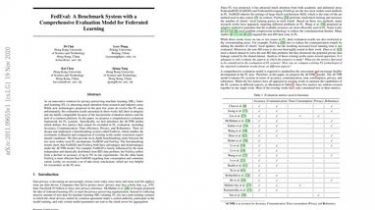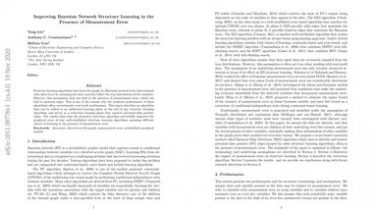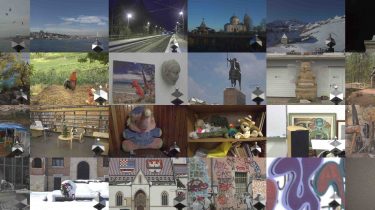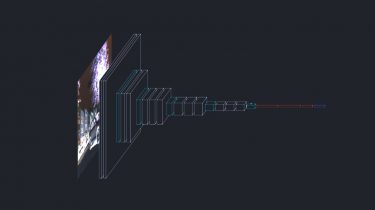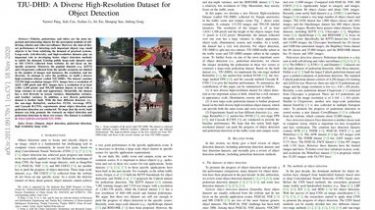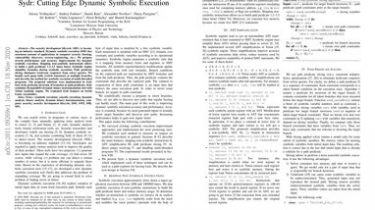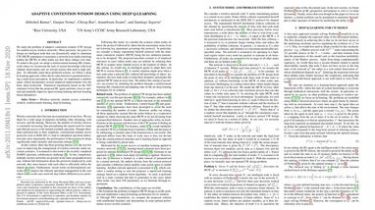FedEval: A Benchmark System with a Comprehensive Evaluation Model for Federated Learning
As an innovative solution for privacy-preserving machine learning (ML), federated learning (FL) is attracting much attention from research and industry areas. While new technologies proposed in the past few years do evolve the FL area, unfortunately, the evaluation results presented in these works fall short in integrity and are hardly comparable because of the inconsistent evaluation metrics and the lack of a common platform… In this paper, we propose a comprehensive evaluation framework for FL systems. Specifically, we first introduce […]
Read more